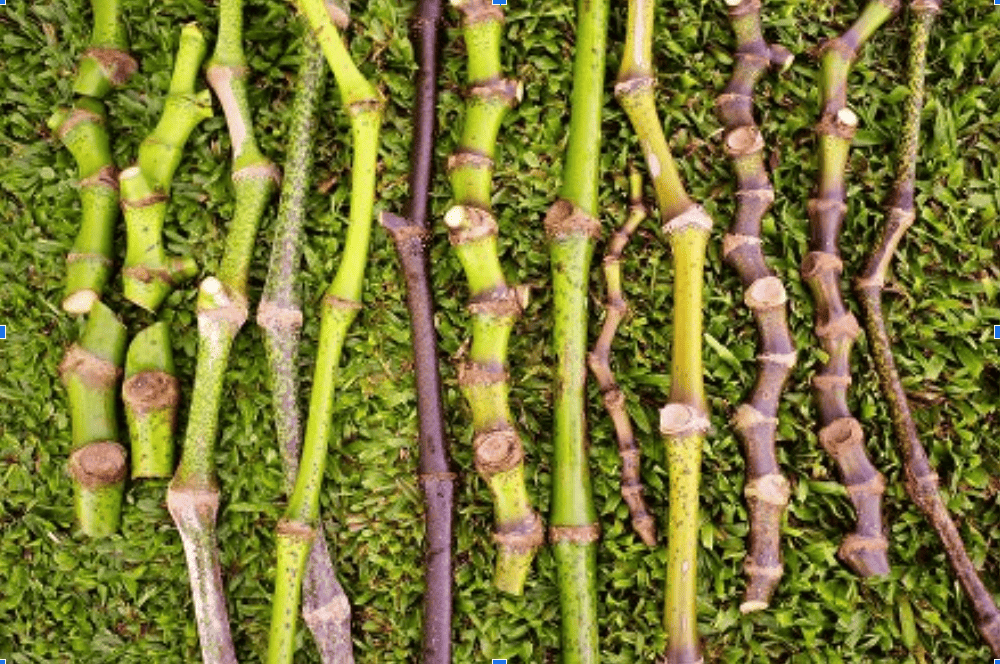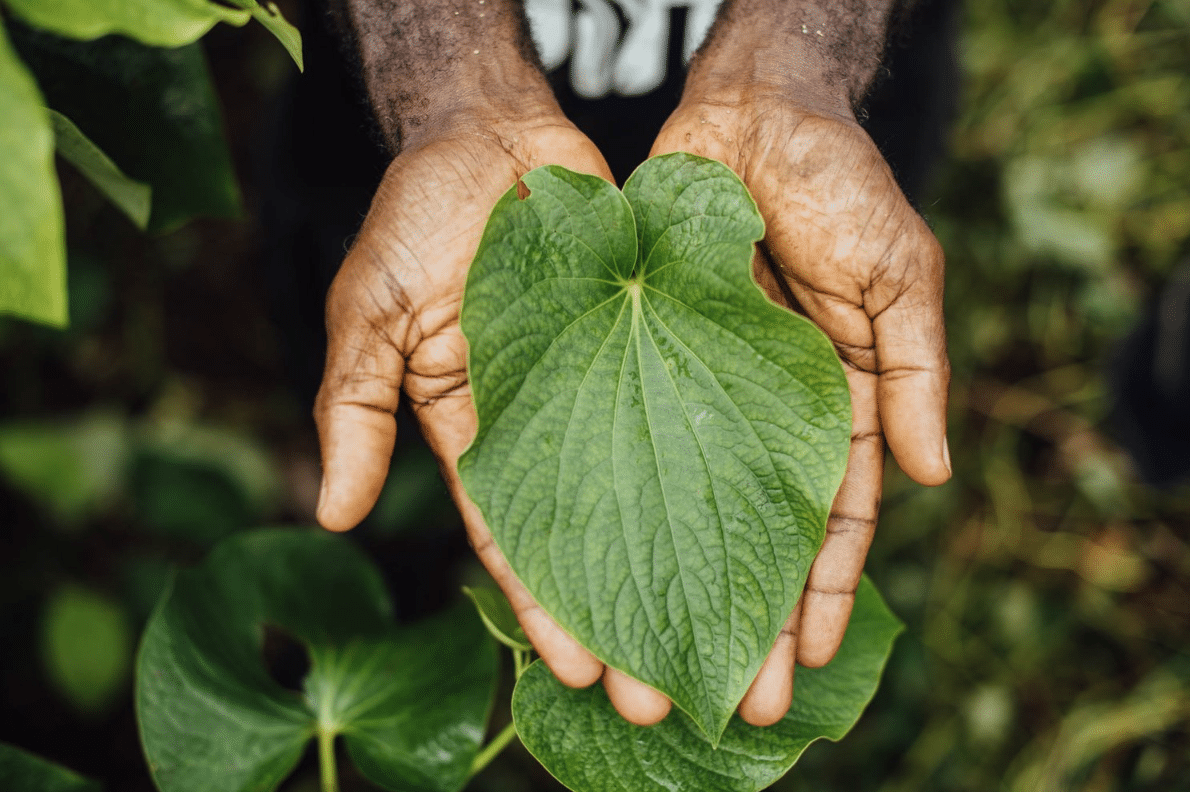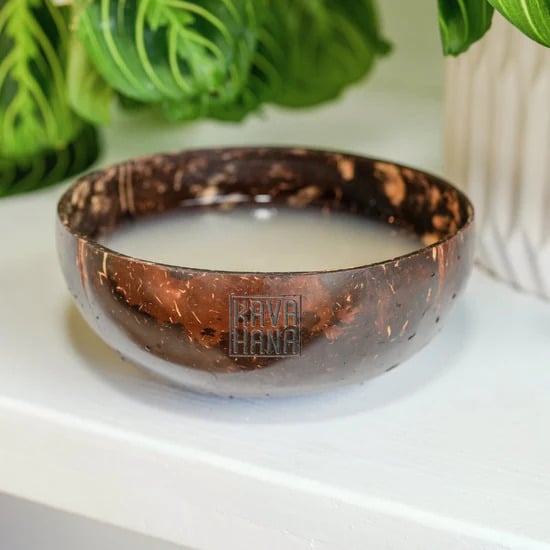What is kava?
Kava is an earthy beverage that Pacific Islanders have consumed for over 3000 years. It comes from the pepper shrub, Piper methysticum, where the root is harvested, ground down, and pulverized in water before it’s strained and drunk. It has a long and rich tradition as a ceremonial and medicinal plant in island nations. It’s known for its relaxing, calm, and social effects. It has recently been linked to health benefits such as reducing anxiety, relaxing muscles, and helping with insomnia (the inability to fall asleep).
It’s gained popularity in North America as an alternative to drinking coffee and alcohol due to its similar effects without the negative side effects.
The origins of kava
Kava originates from eight different South Pacific Islands: Hawaii, Tonga, Vanuatu, Fiji, Samoa, Papua New Guinea, Micronesia, and French Polynesia. The different climates, soil conditions, and mineral compounds make kava from each of these places different. The origin, or where it comes from, is often considered the best way to categorize kava.
Each of these origins has a slightly different type of kava plant. A cultivar is a slight genetic variation within a species. These variations make each cultivar unique and have slightly different effects.

The active ingredient in kava
Kavalactones are the active ingredients of kava. Kavalactones are chemicals that interact with the chemical messengers in the brain called neurotransmitters to impact how your brain functions. This is what causes the calm, and relaxed effects that kava is known for.
There have been 18 different types of kavalactones identified, but only six are known to be responsible for the effects of kava. These are Methysticin (M), Dihydromethysticin (DHM), Yangonin (Y), Desmethoxyyangonin (DMY), Kavain (K), and Dihydrokavain (DKM).
Types of kava
There are more than 100 types of kava. However, they can be divided into two broad groups: Nobel kava and Tudei kava. These two varieties are incredibly different in their effects on the body and mind.
Tudei kava is not recommended. It has much higher levels of psychoactive kavalactones and unpleasant side effects of nausea, sluggishness, and major headache. The effects can last up to 48 hrs, leaving many feeling trapped in a drunk-like state.
Nobel kavas, on the other hand, have a much more balanced combination of kavalactones that promote relaxing and calming effects. The feelings from Nobel kava last only 1-3 hours without any extra unwanted side effects. This makes it possible to enjoy it every day. It’s a general rule that you should ONLY consume Noble kavas. There are many different types of Nobel kavas that can have three different effects: heady, heavy, and balanced.
Heady vs. heavy vs. balanced kavas
While kavas, in general, are known for promoting relaxation, calmness, and an overall state of well-being, the combination of kavalactones can slightly change its specific effects on your body and mind. These can be categorized as heady, heavy, and balanced.
Heady kavas affect your mind more than your body. They tend to have a higher concentration of lighter kavalactones and give off a cerebral effect by reducing anxiety and depression and making you feel mentally relaxed. These varieties are best drunk during the day when you need a little boost or when you’re socializing with friends and family.
Heavy kavas are made up of heavier kavalactones, giving you a stronger body sensation. They calm and relax your muscles, often making your body and limbs feel heavy. These kavas promote deeper relaxation and are longer lasting than heady kavas, so they are best drunk at night when getting ready for sleep or downtime rather than socializing.
As you may have guessed, balanced kavas are a good middle ground between heavy and heady kavas. These can be used both during the day or at night, depending on how much you take. Balanced kavas are a great option for anyone, beginners and seasoned users alike, who want to experience the full spectrum of the effects kava has to offer.
Why knowing your kava is important
Hopefully, you’ve learned that not all kava is the same by now. While it may not seem important to know about the different cultivars and effects, it matters if you drink kava for a specific purpose. You wouldn’t want to take a heavy kava if you were going to a social event looking for a heady experience, would you? Becoming more familiar with the different types, cultivars, and effects will both make sure you’re getting the effects you want and empower you in your experience.
* Please note that the majority of kava research pertains to kava extracts, which often undergo significant processing and may contain additional ingredients and fillers that can influence their efficacy. It is crucial to consider this distinction when reading about kava studies. To draw an analogy, enjoying natural kava as a beverage can be likened to experiencing a freshly brewed cappuccino, whereas kava extracts are akin in functionality to a caffeine pill. Both forms have their unique benefits and can cater to different preferences and needs. While it’s helpful to understand research on kava extracts, please view it critically and remember that natural kava offers a uniquely holistic experience.
Tags: types of kava, what is noble kava, kava types, tudei kava, kava strains, strains of kava, kavalactones vs kava, different types of kava


